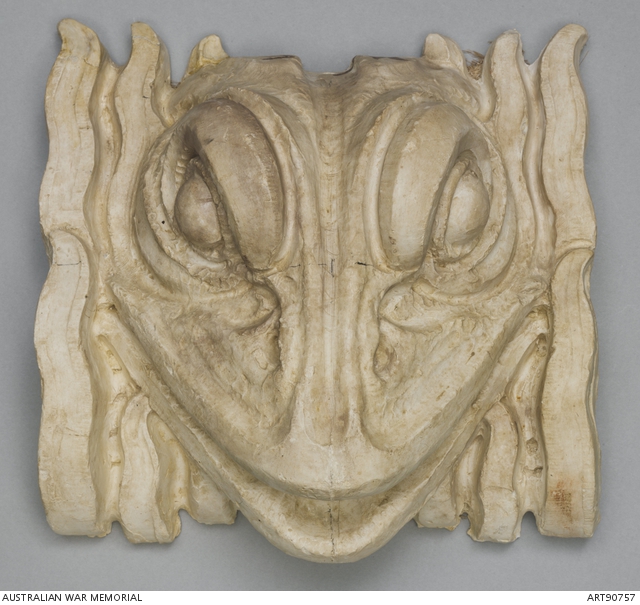Shaping Memory: Sculpture at the Australian War Memorial
- Shaping memory
- First World War
- Second World War
- Post-war responses
- Memorials
- Future directions
- Medallions
Memorials: then and now
Commemorative monuments are a specialised form of sculptural practice. From the ubiquitous “small town memorial” to the large-scale monuments of national significance, sculptors have been called upon to design works that might provide appropriate reminders of the past.
The monuments sculptors create attempt to represent the intangible aspects of service, suffering and death in physical objects. The symbolism of military monuments may be allegorical (describing one subject under the guise of another, usually drawing on myth, legend and tradition), narrative, or purely abstract; in its essence, however, a memorial is not about its shape or form, but rather its purpose as a reminder of something in another time or place. As such, the chosen image or symbol reflects the artistic means of expression of the period. Increasingly, acknowledging the complex subject of memory and meaning has become part of the artist’s challenge.
It was Leslie Bowles’s idea to create a memorial to honour Colonel John Treloar, who had been a great supporter of his work and who had enticed him to return from England to do sculpture for the Memorial. Treloar had defended Bowles’s proposed sculpture for the Hall of Memory; however this, his major work, entitled The four freedoms, was ultimately rejected.
In 1912, after exhibiting with the Yarra Sculptors’ Society and the Victorian Artists’ Society, May Butler-George left Australia for England, supporting herself there by painting portrait miniatures on ivory. She worked as a member of the Voluntary Aid Detachment during the war, and while convalescing from scarlet fever began modelling reliefs in plasticine. After returning to Australia in 1920, she held a large exhibition of mainly war-related miniatures, sketches, and coloured reliefs at the Athenaeum Hall, Melbourne. Her most significant commission was for the relief panels for the Second Division AIF memorial at Mont St Quentin, France. Although the monument was destroyed by the Germans in the Second World War, the plaster casts remained in Australia and were subsequently presented to the Memorial and re-cast for inclusion in its Sculpture Garden.
Murray Kirkland
Reginald Clarence Scanes, Number 2975, 53rd Battalion, AIF
Signs of life
Ian Howard travelled for six months documenting monuments across Europe before making a series of black works about the idea of the industrial military complex and its effect on society. Using the familiar conventions of the monument and the victory arch, he has simplified and distorted forms to focus on the essence of a complex concept: our relationship to military actions both past and present. The scale is distorted to reflect the subjective views of the varying degrees of gain and loss and personal hurt to which the memorial refers.
Each person that experiences the monument brings their own histories and experiences to bear and the work itself should be able to draw out and support each of these sometimes competing and conflicting feelings.
Just as memories are often indistinct and impossible to quantify, this monument represents a momentous event but is devoid of detail. In contrast, the tourists are distinct individuals, who must come to terms with overwhelming military events; they are a reminder of the reality of those to be commemorated.












